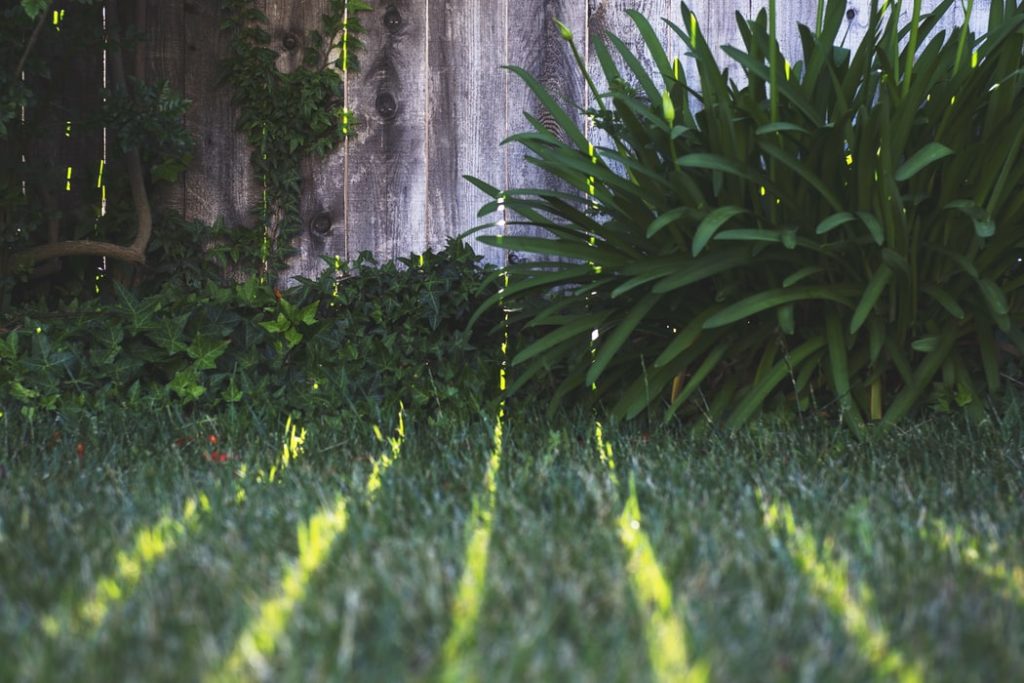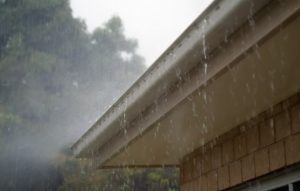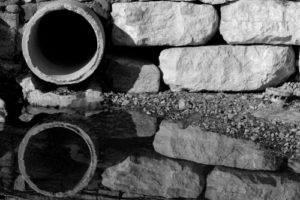3 Ways To Improve Backyard Drainage

Many people find themselves facing backyard drainage issues. Do you have to deal with unwanted water during rainy weather? Pools of standing water on the lawn make many yards virtually unusable every year, and it’s not desirable when the weather actually improves and you want to enjoy it. These puddles can also do serious damage to the grass, while also forming perfect breeding grounds for pests like mosquitoes.
Don’t try and power through these problems year after year – do something about it by improving your backyard drainage!
Work On Your Downspouts And Gutters

You can help the property immediately around your home by sending the water that comes off your roof and the sides away from the low points of your backyard. Make sure that any water coming from the roof drains away from your foundation by extending the downspouts beyond your garden, at least six feet away from the house. Examine your gutters and downspouts as often as you can to make sure they that they are free from debris and aren’t leaking at the seams or over the sides.
Regrade Your Yard
Standing water in areas of your backyard is usually the result of poor sloping. If your yard doesn’t allow water to keep flowing away from the foundation, you’ll be dealing with massive puddles after every rainstorm. It’s also the culprit for many foundation issues, too, but it can be solved by regrading the yard. Proper grading, or the making of a specific slope angle, encourages the water to flow away from your home or low-lying areas so that water doesn’t collect where you don’t want it.
If you want to regrade your yard yourself, you’ll have to gauge how the landscape slopes and determine the proper gradient. You can use a stake and twine to see how the ground slopes and where you should begin the regrading process. This isn’t an optimal option for every yard, though; you might find you don’t have the wiggle room to regrade. Don’t make the mistake of realizing this only when it’s too late – make the measurements first!
Install A French Drain for Backyard Drainage

French drains aren’t just suitable for the foundation. You can use this unobtrusive system to deal with backyard drainage problems, too, especially if you don’t have the space to regrade your lawn. An effective French drain will collect excess water from a large yard area using a buried perforated pipe surrounded by material that allows water to drain through. This is usually gravel or an artificial aggregate made from a material like polystyrene. To avoid the intrusion of root systems, use solid pipe (without the perforations) as the French drain passes underneath bushes, shrubs, or hedges.
A well-made French drain system doesn’t need to deposit the excess water anywhere; for homes in suburban areas, it’s hard to find a spot that won’t be inconvenient to someone. If the drain is designed properly, the water can be allowed to simply soak into the soil as it flows down perforated pipe. It doesn’t even need an inlet, as you or a company can build the drain to accept water along its length and get rid of it through the soil. If it’s well built, you’ll never even know the French drain is there!
